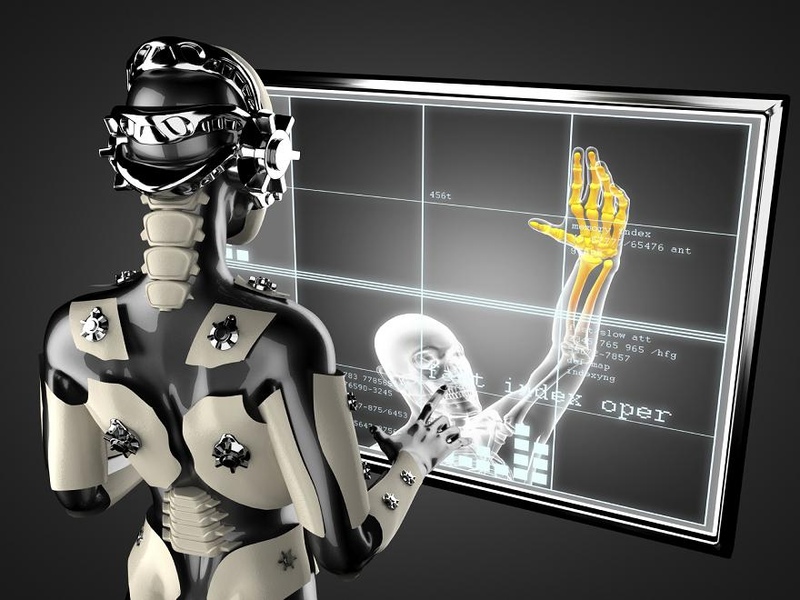Robots at 'Get Your Bot On' hope to fix the world's health problems

(Image Credit: iStockPhoto/video-doctor)
The hackathon title 'Get Your Bot On' leaves little to the imagination when it comes to what participants are expected to create, but this year's theme for robotic inventions was "Healthy: People and Environments."
Over 36 hours, teams created a range of incredible robots aimed towards solving real-world problems in relation to improving the health of people and the environment. Five winners in total emerged victorious; across five different categories.
The hackathon was unique in that it split participants into two categories dependent on the age of team members which helped to ensure fairness between the experienced and the newcomers. A 'family' category included members under 12 years old, whilst the others were placed into a separate category.
A water-carrying robot called 'Waterbot 9000' won the award for the family category, created by the Durward family. The robot carries bottled water to ensure people stay hydrated (especially important during long hacking sessions!)
'Gest Jump' won the innovation award for building an autonomous jump rope operated through gesture based interaction. A "technical excellence" award went to an impressive robot from team Indie which helps to rehabilitate people who have suffered from a traumatic disorder.
The winner for the human interaction award went to team Calmstress which attempts to predict and diffuse panic attacks before they begin through monitoring a user's pulse and pressure points.
A final prize, called the ultimate workshop prize, went to team Sitand who built a chair which pivots from sitting to standing and connects with an application to measure your productivity and how long you've spent in the chair.
The participants all began with a basic hardware kit to build a robot which can be powered by either the Raspberry Pi or the Arduino Uno. Over the weekend, teams had to create all their required equipment using 3D printing, modelling, and laser-cutting techniques.
Creations had to at least move in some way, have some form of sense in the environment or receive input, incorporate a microcontroller or microprocessor, be in a demonstrable position on the final day, and of course fit-in with the "healthy" theme of the hackathon.
Do you think more hackathons should encourage family participation? Let us know in the comments.
Leave a comment
Alternatively
This will only be used to quickly provide signup information and will not allow us to post to your account or appear on your timeline.